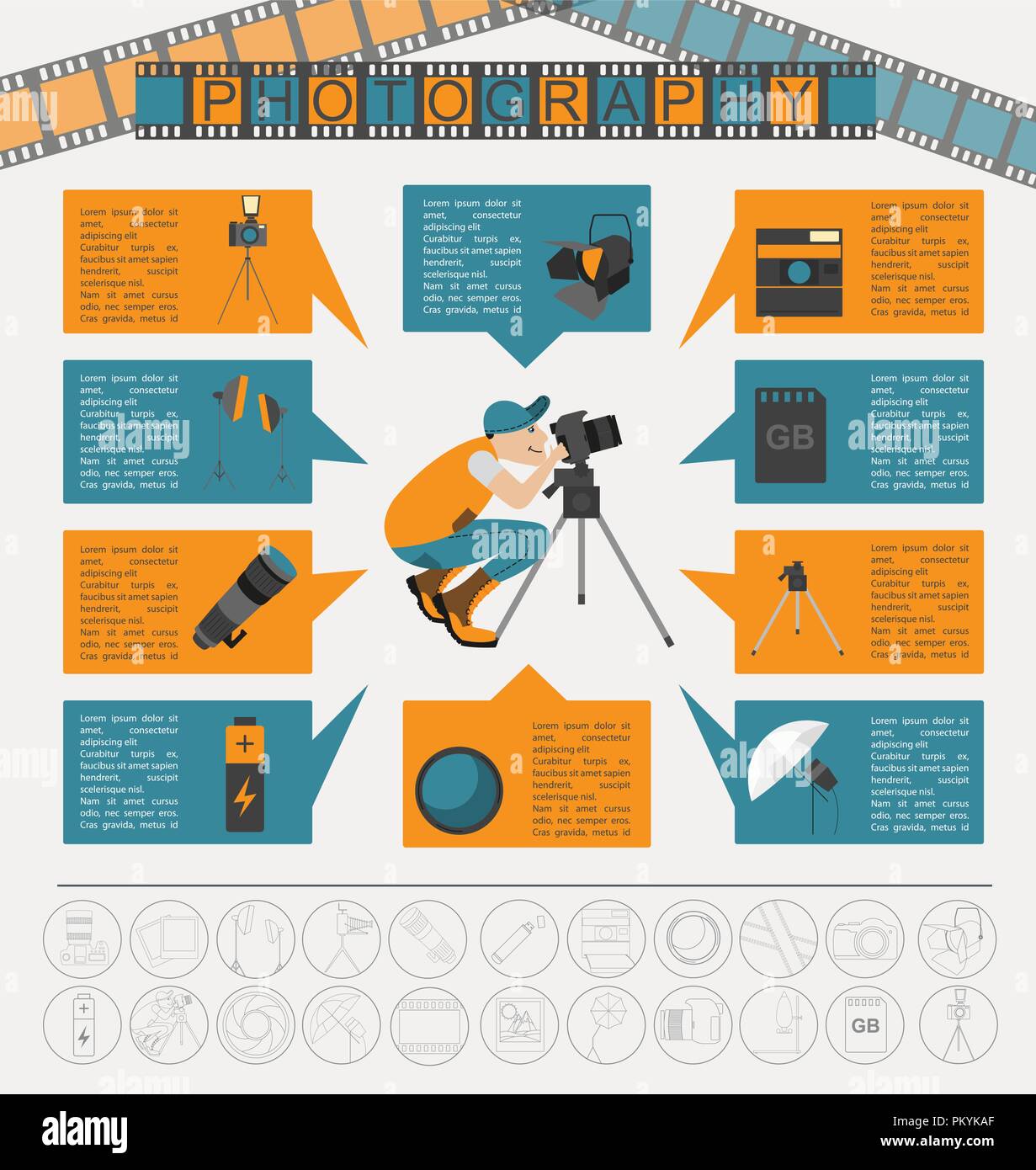Recognizing Structure: The Basics Every Professional Photographer Should Know
Recognizing Structure: The Basics Every Professional Photographer Should Know
Blog Article
Author-Post Boyer
When you get your video camera, comprehending the basics of structure can significantly raise your digital photography. Techniques like the Regulation of Thirds, Leading Lines, and reliable mounting aren't simply standards; they're crucial devices that can change your photos from mundane to thrilling. By mastering these principles, you'll find yourself recording not simply photos, however stories that resonate. Yet what happens when Corporate Headshots near me begin bending these regulations? Checking out that can cause unforeseen and powerful results in your work.
The Guideline of Thirds
One of the most crucial concepts in digital photography is the Regulation of Thirds. This strategy assists you create well balanced and appealing make-ups, drawing the audience's eye to one of the most vital elements in your image.
Envision separating your frame right into a grid of 9 equivalent parts with 2 horizontal and 2 upright lines. By placing your subject along these lines or at their crossways, you naturally enhance your photo's visual appeal.
As opposed to focusing your topic, try positioning it off away. This method introduces area and context, permitting viewers to discover the surrounding area.
For landscapes, put the horizon along the top or lower 3rd line, stressing either the sky or the land.
When you're capturing pictures, line up the topic's eyes along the leading third line for a much more dynamic appearance.
Experimenting with the Policy of Thirds will certainly bring about more compelling and professional-looking photos.
Leading Lines
Use the power of leading lines to assist your viewer's eye through the frame and create a feeling of deepness in your photography.
Leading lines are all-natural or synthetic components that draw attention and lead the viewer's gaze towards the major topic. They can be anything from roadways, rivers, fences, or perhaps darkness.
When you incorporate leading lines, think of exactly how they can enhance your composition. Beginning by determining strong lines in your scene.
Position on your own to utilize these lines properly, ensuring they result in your prime focus. For instance, a path introducing a landscape can stimulate a sense of journey and welcome the customer to check out the scene.
Explore different angles and perspectives. In some cases, capturing from a reduced angle can produce even more vibrant leading lines, while a greater viewpoint can provide a wider context.
Framing and Balance
Framework and equilibrium play vital functions in developing aesthetically compelling photographs. When you frame your topic, you're essentially producing a border that attracts the visitor's eye directly to the prime focus. You can use natural environments like branches, doorways, or windows to attain this result.
Don't take too lightly the power of framework; it adds depth and context, making your image a lot more interesting.
Balance, on the other hand, ensures that your make-up really feels secure and unified. You can attain equilibrium via symmetry or by dispersing aesthetic weight equally throughout the framework. If you put a large topic on one side, think about adding smaller elements on the contrary side for it.
This strategy avoids your picture from really feeling lopsided and develops a sense of completeness.
Experiment with both mounting and equilibrium in your digital photography. Take numerous shots from various angles, adjusting just how you mount your subject and exactly how you distribute aspects within the scene.
As you practice, you'll develop an instinctive understanding of just how to develop structures that resonate with viewers and evoke feeling. Remember, understanding these aspects can transform an ordinary image into a striking work of art.
why not try this out
By mastering make-up strategies like the Guideline of Thirds, Leading Lines, and Framing, you can boost your digital photography to new heights. These concepts aid you produce balanced, interesting images that draw visitors in and tell compelling stories. Keep in mind to experiment and trust your reactions as you practice these fundamentals. With time and devotion, you'll transform common shots right into artistic expressions that really reverberate with your audience. Maintain capturing, and let your imagination luster!
